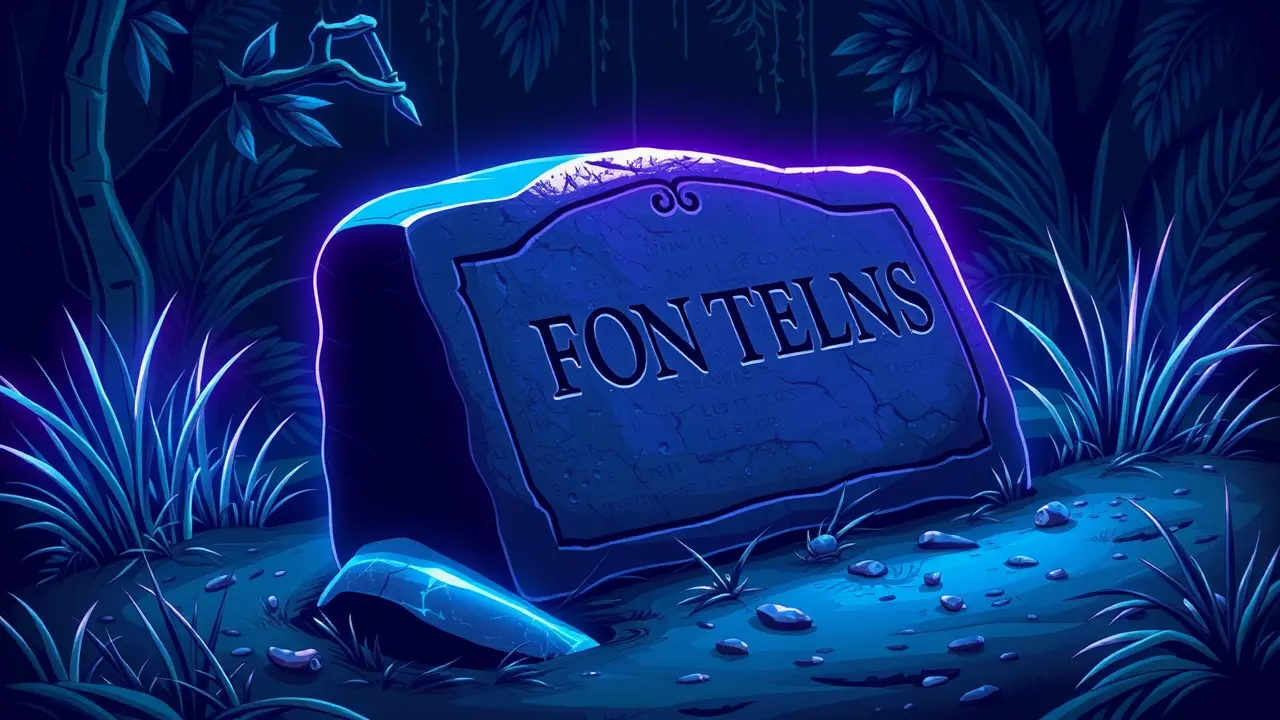Ancient Roman Tombstone Found in New Orleans Yard
The recent unearthing of an ancient Roman tombstone in a New Orleans yard is the kind of cosmic coincidence that makes you believe the universe has a sense of humor, a bizarre archaeological plot twist that connects the marshy banks of the Mississippi to the sun-baked Appian Way. Imagine the scene: a homeowner, perhaps planting a crepe myrtle or digging for a fence post, their shovel striking not Louisiana clay but a slab of history that had no business being there, a silent stone witness to an empire that fell over fifteen centuries ago and half a world away.This isn't just a simple artifact out of place; it's a temporal dislocation, a piece of a Roman's final memory somehow teleported to the heart of the modern New World. The logistics of its journey are a mystery as compelling as any space probe's trajectory—was it ballast in the hold of a 19th-century sailing ship, a prized souvenir of a Grand Tour gone awry, or part of a private collection dispersed and forgotten by time, only to be reclaimed by the Southern soil? The FBI's involvement for repatriation to an Italian museum adds a layer of modern international diplomacy to this ancient find, a process that itself is a fascinating dance of cultural patrimony, legal frameworks, and ethical archaeology.To understand the significance, one must first grasp the profound role tombstones, or *stelae*, played in Roman society; they were not merely markers but portals for the living to communicate with the dead, often inscribed with heartfelt dedications, curses, or detailed biographies meant to ensure the deceased was remembered for eternity. Finding one intact is rare enough in the ruins of Ostia Antica, but in the Garden District? It’s as if we discovered a Viking longship buried in the Sahara—it fundamentally challenges our assumptions about the flow of objects and people across the globe long before globalization was a concept.Experts would be scrambling to analyze the stone's lithology, the style of its Latin epigraphy, and any iconography—perhaps a carved image of a libation bowl or a funerary cypress—to pinpoint its origin workshop and date its creation, potentially revealing new trade routes or collector networks of the 18th and 19th centuries. This single stone is a miniature Rosetta Stone for a different kind of code: the secret history of how classical antiquities were trafficked, coveted, and lost, a narrative that involves everyone from Napoleonic-era looters to Gilded Age industrialists building their personal museums.The repatriation process itself is a monumental undertaking, involving delicate negotiations between the U. S.Department of Justice and Italy's Carabinieri Command for the Protection of Cultural Heritage, ensuring this fragment of a Roman citizen's legacy is returned to its spiritual and national home, a small but significant act in the ongoing global effort to rectify the colonial-era plunder that scattered the world's heritage. The tombstone’s silent journey from a Roman necropolis, where it stood guard over ashes and bones, to a quiet American backyard is a profound reminder that history is not a sealed book but a living, breathing force, whose chapters can surface in the most unexpected places, forcing us to confront the long, invisible threads that bind our modern world to the ancient past, and reminding us that every artifact has a story that stretches far beyond its final resting place.
It’s quiet here...Start the conversation by leaving the first comment.
